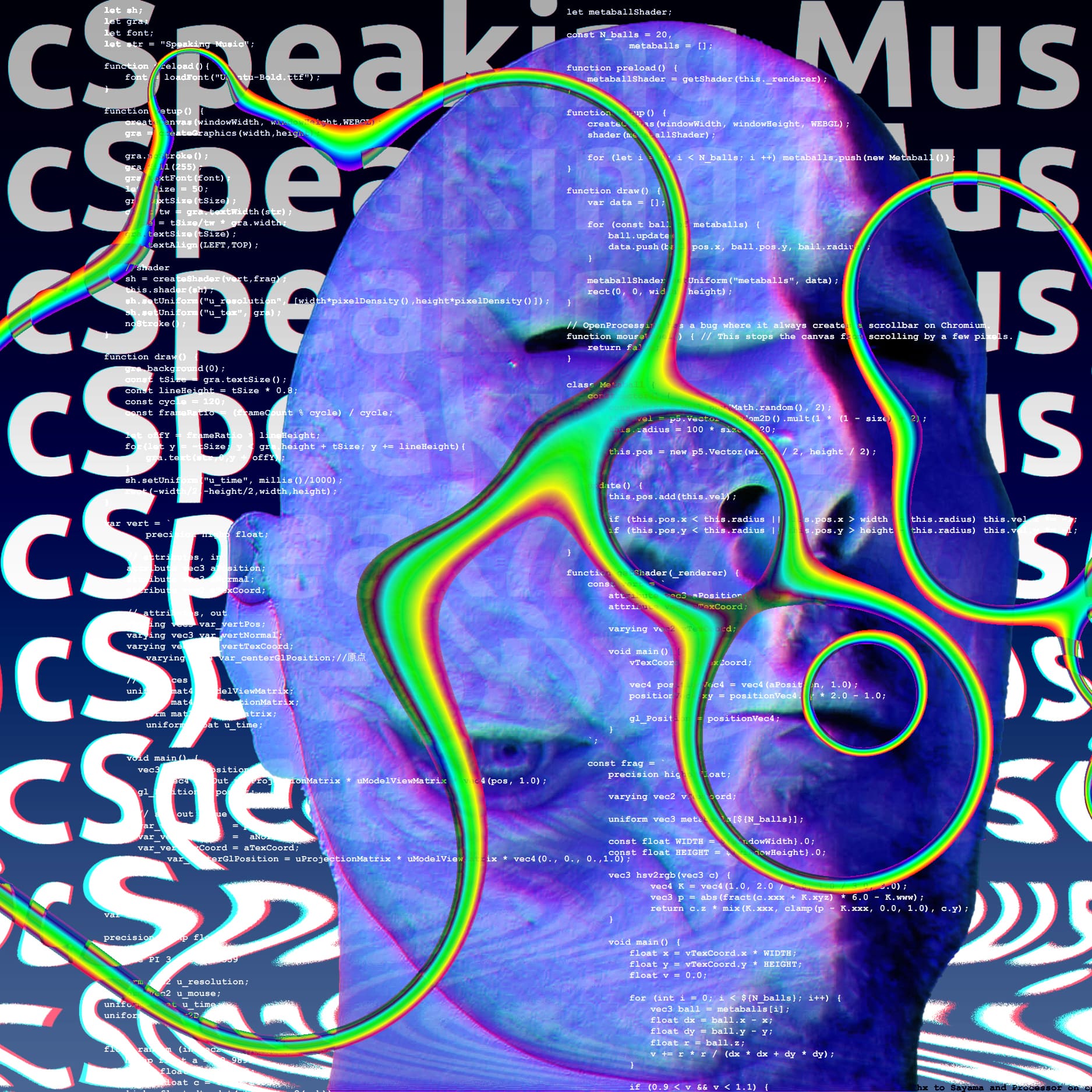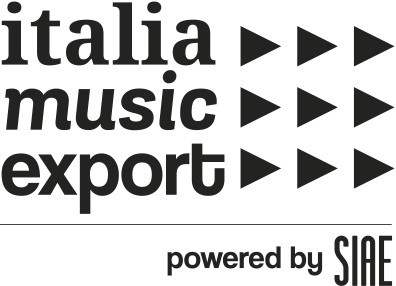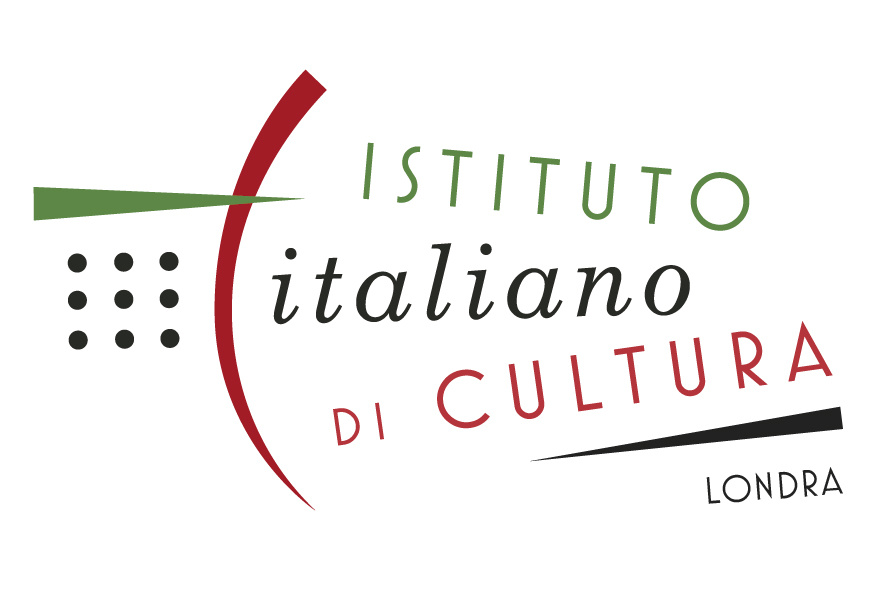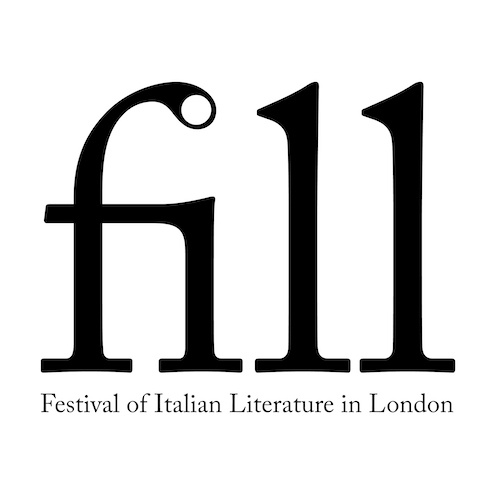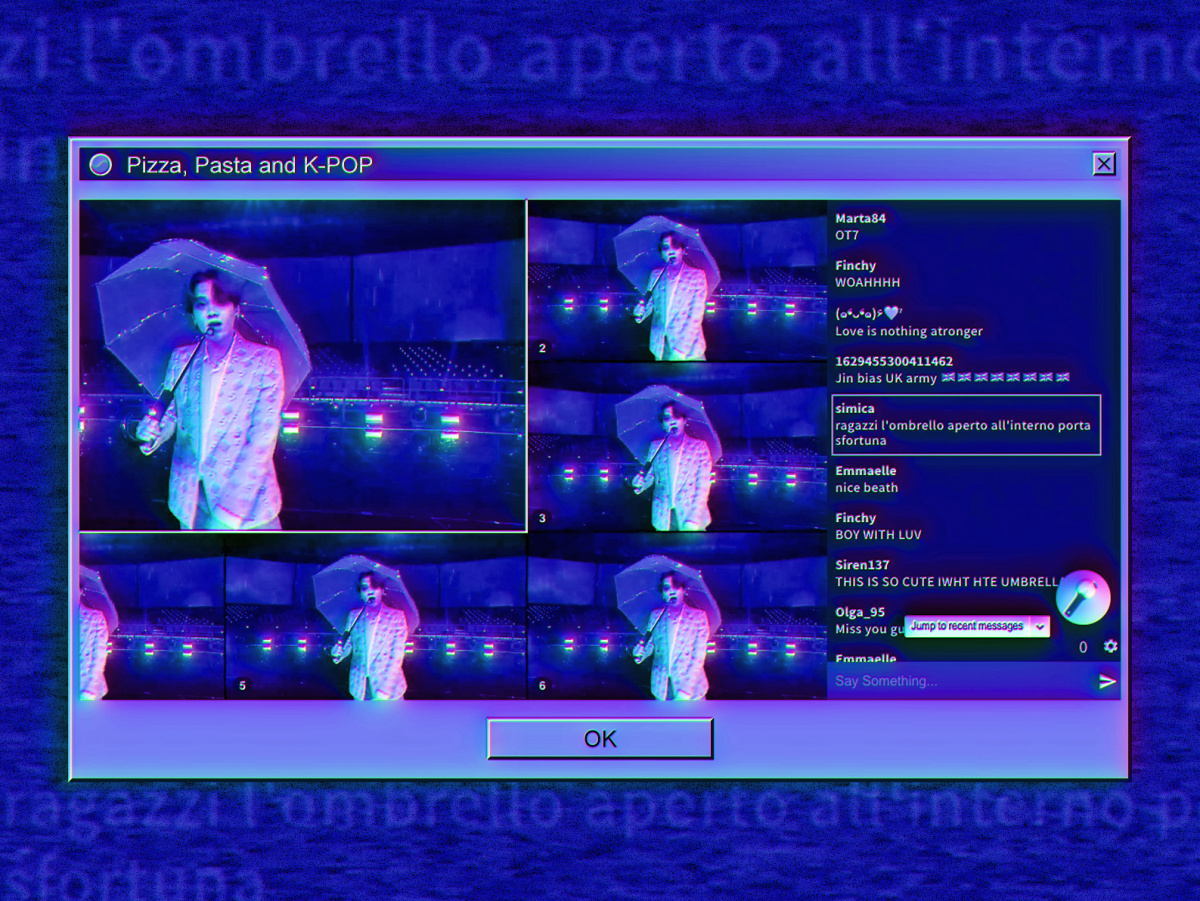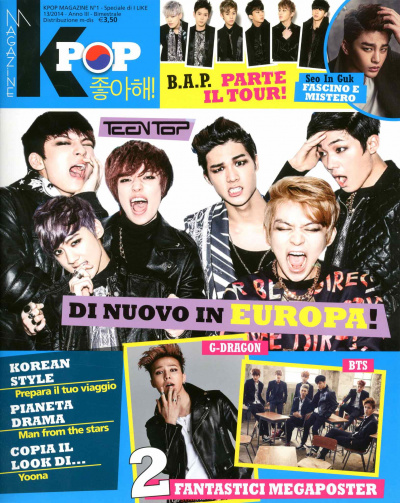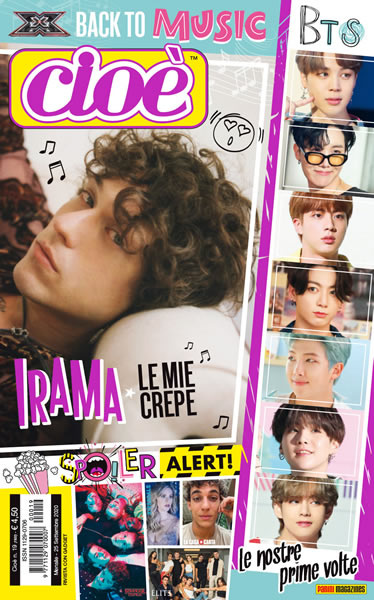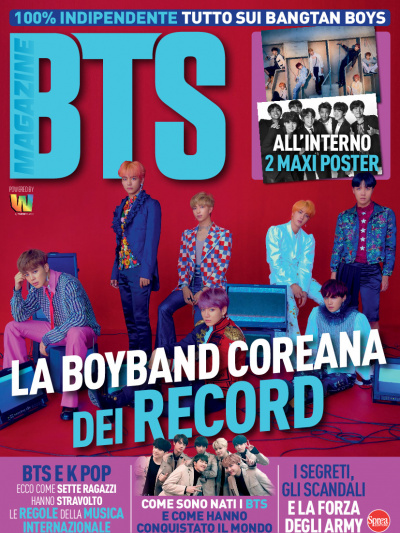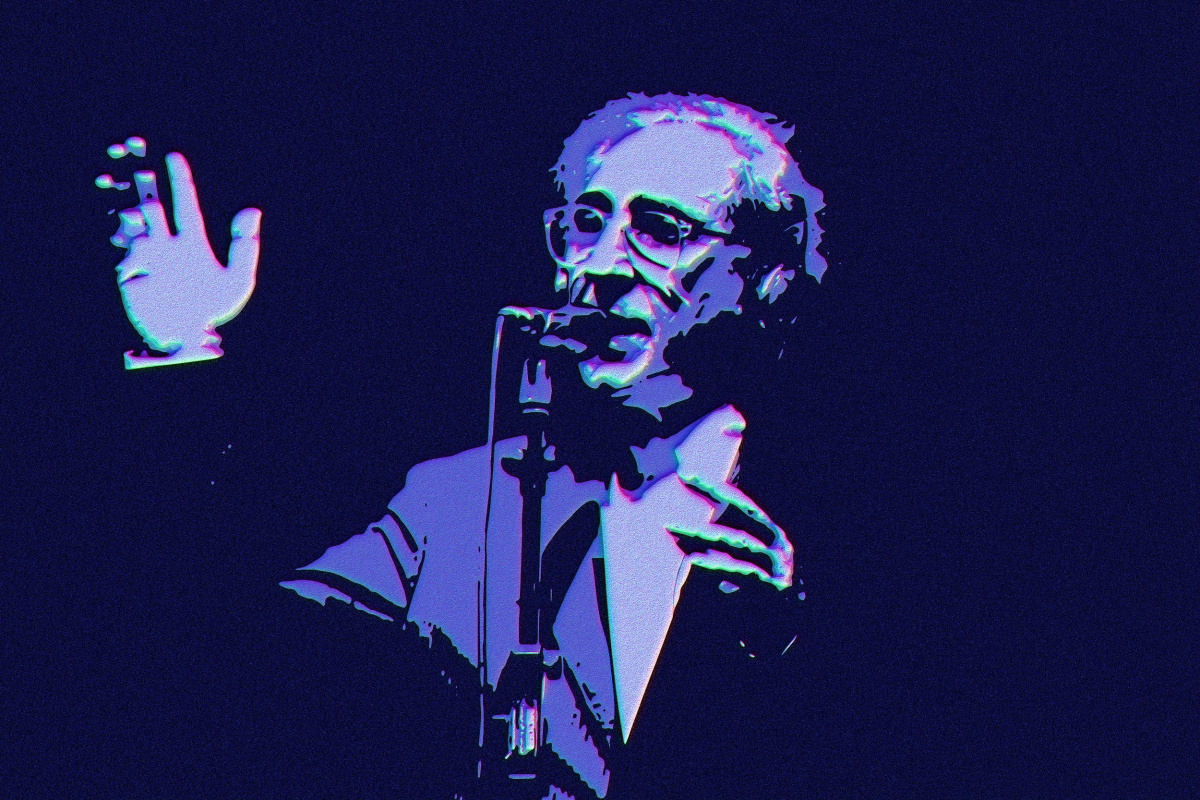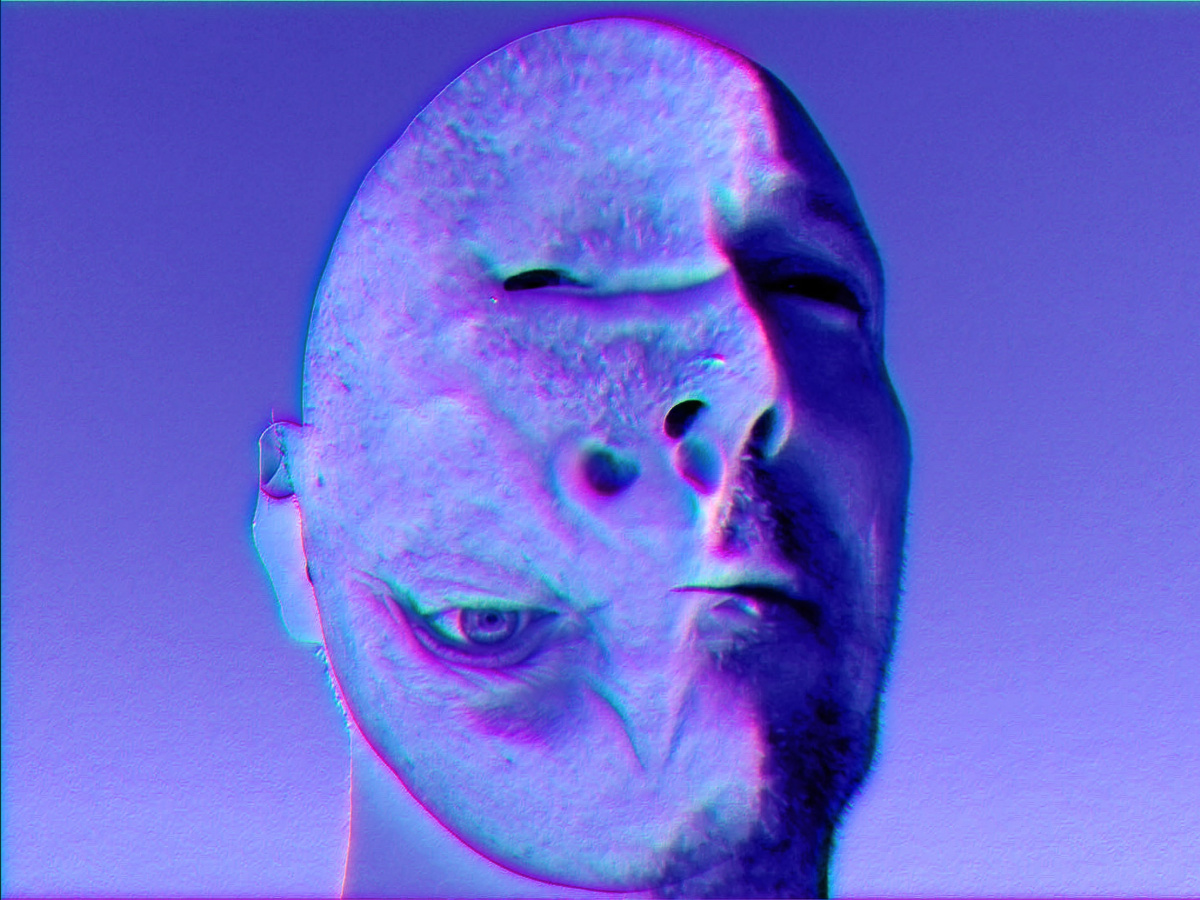
Speaking Music
Drawing from his first-hand experience with sound installations and AI-assisted music composition, musician and philosopher Lorenzo Brusci, founder of MUSICO, offers a multimedia techno-poetic essay on the history and current status of machine-assisted musicking, and suggests new coordinates for the future of the interrelation between man and machine.
Personal Trajectories
I. Music as Subject
Here is the pre-perambulating Lorenzo, myself, a natural, linguistic experimental agent, who attempts to walk to the limits of his personal history, well aware that the technological understanding has illuminated the past and present scope of my path.
I have used music as an exploratory outpost: First of all by itself, as a sensitive linguistic and perceptual collector, an instrument between self-determining instruments, a prototype of symbolic proliferation, of self-universalization; in parallel, focusing on certain simplifying techniques and linguistic rearticulating strategies (especially in popular music cultures), favoring hypotheses of immediate intensification and expressive synthesis, from the musical to the acoustic/spatial domains, via techno-sociological deployments, to the instant and generative visual-thinking or sound-thinking practices.

Having to trace the nodal articulation points of my journey, I would intertwine them all along the virtuous relationship between the arts of sampling – manipulating / referencing – transfiguration / distribution – exploration / autonomisation – proliferation. Outlining principles for instant speaking music, deploying psychoneurological mapping devoted to the melodic or rhythmic control of music utterances, or for the psych-environmental mapping of gestural meta-instructions, devoted to mono- or cross-modal articulations, at different degrees of imitation/innovation.
II. Music as Object
In the 1990s, I developed the performing experiences of Living Score (1995/1997) with choreographer Raffaella Giordano / Sosta Palmizi, as well as the analogue and electronic composition of sonic scores as guiding sound-narrative forms for jazz improvisers (1990–1997), exploring visionary song forms from a poetic standpoint (collaborating with poet Giancarlo Majorino, 1998–2003), reinterpreting popular oral or recorded music heritages (Restituzioni and Metamorfosi di Canzoni Napoletane), and cultivating extreme sample-based, meta-musical sound design (1996–1998).
In 2003, I founded the Giardino Sonoro project, with the intense use of multichannel music spatialization and the prototyping of a wide range of sound objects, inaugurating the season of different practices in adaptive sound-space design, as a diversified exercise of sonic/musical virtualization of spatial perception, starting from the malleability and resilience of landscape fruition, turning then to systematic sound architecture. My explicit goal was to design, produce, and implement a sound artifact capable of operating on the scale of nature.
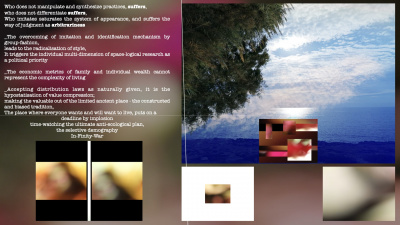
Being able to treat myself as a model, the choice has always been to favor the complete information, the deformation, and the metastructuring, up to the logical decentralization, the power of further techno-perception, the definition of strategies of depersonalization, the improvisation by different degrees of awareness/authoritativeness, or of unconsciousness and heterodirection. In short, the trajectories that percolated into my AI-based generative music project MUSICO and Musst Design.
III. Music as Meta-Object
When drum machines or other modes of timbre-management synthesis were widely introduced in the 1970s, the shock for the musician was enormous, although muffled by the critical instance of «explicitly limited imitation of the instrument of novelty». Today, the question is not the imitative limitation, but the full executive sensibility – the mediation between activity and hetero-autonomy – of the synthetic imitative states, the (self)hetero-control of the system and the self-control of the instrumentalist, who must succeed in meta-executing or exploring the synthetic generative systems, enhancing his expression, in all available degrees of materialization, in the (space/logical) real-virtual continuum, as well as in the (space/logical) imitative-innovative continuum. The passage from postmodernism to ultramodernism occurs in the technopower of state reversibility and the systematic openness to rearticulation of the imaginary museum as a condition of its very existence.
Collective Trajectories

I. A Model for Synthetic Practice
Drawing from my personal experience within varied forms of music practices, I will propose two historical flowcharts I created with Valentijn Borghuis (Eindhoven University of Technology and MUSICO CTO) as a common epistemological territory that could be used to imagine the interrelationships of future musicking practices, by tracing the rise and consolidation of the sacred, institutional, and codified role of the musician/composer, then becoming a post-sacred (early modernity) hero, a prototype of cultural and social courage; up to the post-romantic rise of conductors; the recorded music artefacts impact on society and music knowledge then becoming new music elements and autonomous-music-thinking/making mechanisms to be orchestrated and conducted live; ending up on AI-based generative and assisted instruments (ongoing process), to be then contextualized in real time by human actors, conducting/meta-meta-composing these high-logical level, autonomous automatic players.


II. Activities vs Roles
The activities provide an historical dimension. We could indicatively assume a primal activity encompassing all of music-making at the origin, in which distinctions were introduced in an order matching the table, first splitting in composing/playing, then composing/playing/conducting. As these activities came to be recognized as separate elements of music-making, specialists for these activities developed, giving rise to new roles: Musicians splitting into composers/players and then composers/players/conductors. So far so good, albeit that with the introduction of every new activity we have to look back in history to see if we can make sense of the roles that originated before the activity became prominent (e.g. what is a composer in the era of performing?), and also to whether we can find traces of the new role in the earlier activities (e.g. what was conducting in the era of writing?). The emergence of reproduction does not break this pattern, and new roles are introduced. The recording engineer and the producer emerged as new specialists, inserted in the chain that delivers the music to the listeners. Similarly, the emergence of the activity of remixing is accompanied by the new role of the DJ. Music recording at the end of the day was not a big disruption of music practices after all.

III. Human vs Machine
Whatever the activity, its specialized execution is a human task first. When and whether humans will be replaced by (or merge with) machines, is of course something that has to be faced per-role. Assuming that we are just at the beginning of the «remixing age», and that it includes the deployment of all forms of recombination and generation that AI-techniques can bring, this final column is where we move from description to active design and prediction. This is the aim of our activity at MUSICO. We wonder about the fate of the composer. On the one hand, we could think that after being «mainly dead» in the age of reproduction (though new kind of composers arose, that do not need the writing and conduction mediation, as they interpret personally the music and assign to the industrial recordings the role of unlimited reproduction), they «decompose» further in the age of remixing, their works becoming the compost that feeds the neural nets (and this is true for both extensive writing music composers and popular music composers). On the other hand, one could see an opposite future where they retain their position at the origin of music genesis, as hybrids creating compositional spaces that are then explored and rendered into sounding works by machines and human selectors. If it is not the composers that take this job (the «compost» alternative), the logic of the table would dictate the next era, with a new specialist taking this role on and a corresponding new activity coming to the fore. We could talk of gestural conductors or meta-composers or meta-DJs.
Feel free to share, complete, and add your missing cells on the second flowchart: Let’s keep open the diachronic/synchronic game.
Biography
Shop

Published on April 22, 2021
Last updated on April 09, 2024
Topics
From machine-assisted musicking to the struggle of creating under precarious circumstances and in a world in which work rules everything.
Why does a Kenyan producer of the instrumental style EDM add vocals to his tracks? This topic is about HOW things are done, not WHAT.
How artists deal with the practice that some call «time-travel» and others «audiotopia».
How does the artits’ relationship to the gear affect music? How to make the climate change audible?
Special
Snap
